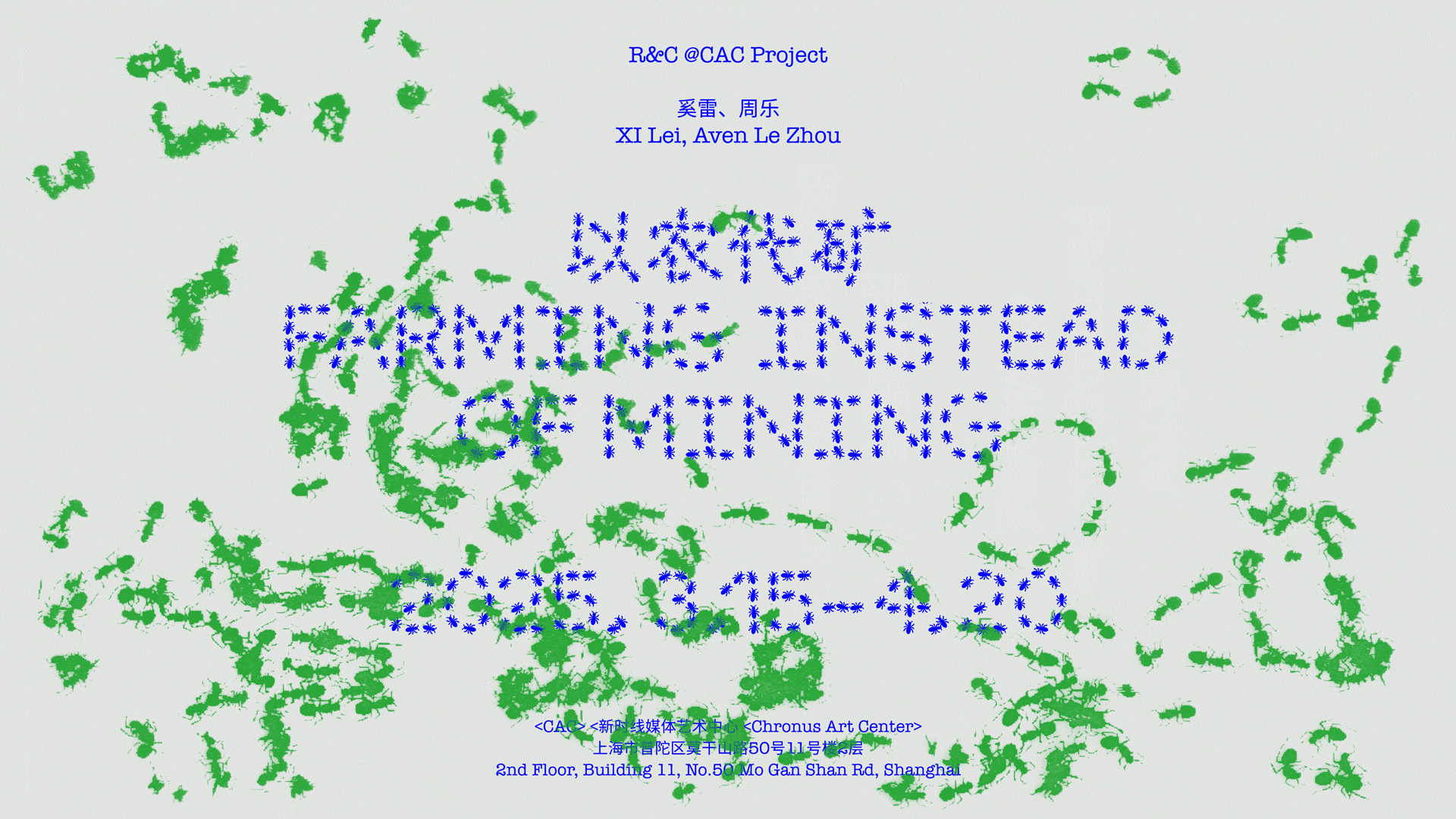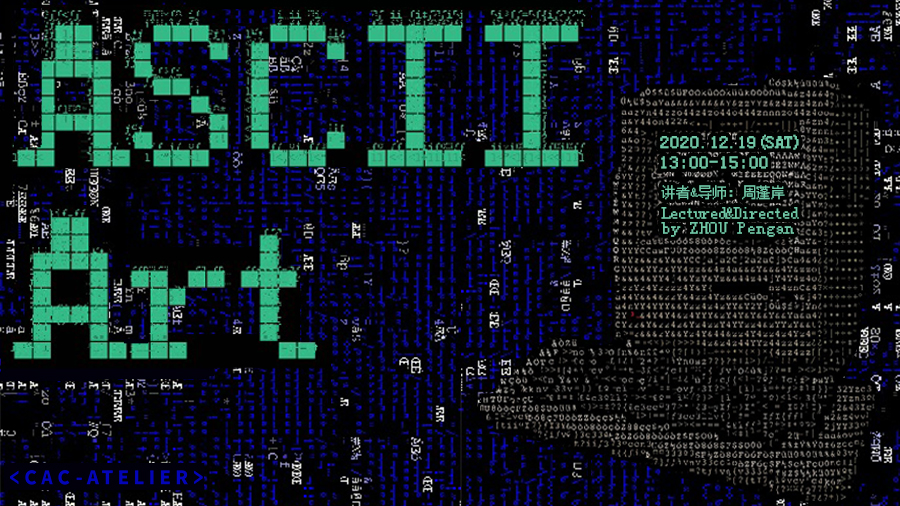OVERTURE-TAIJI
2014
Hu Jieming
As the first half of this solo show, the projected images of Overture are embedded in the crevices and fissures of the walls on three sides of the exhibition venue. The audience must move their bodies to make the gesture of peeping through these frames, where they they can find that t he subjec t in mos t of t he images revolves around human body, and is juxtaposed with some others depicted on historical events. The dim rays of light from the fissures surrounds the audiences, the artist referring to it as “the aura of Tai Chi, ” which provides an immersive environment in which to rethink the enigmatic relationship between image, truth, and narrative. The earliest description of imager y of this kind appeared in Book VII of Pl ato’s Republic, where the renowned thinker proposed that the shadows that the occupants of a cave see are eceptive; the truth lies outside the cave and is brought back from there by a narrator who—needless to say—can never generate a completely persuasive depiction of that truth. Hu Jieming’s Over ture unset tles the relationship between spectacle and falsehood, thus providing with a fulcrum for intellectual contemplation through these hundreds of moving images.
“These 800 or so clips are but fragments waiting for a storyline; or, rather, they are a set of subterfuges, of the visually miscellaneous kind; that of scattered debris cast down into oblivion.”—Hu Jieming on his production of Overture
Granted that, if all physical encounters, or even impacts between individuals were to be removed, would the time that proves their existence fail to be remembered? In turn, it is the events caused by those encounters that making particular moment perceptible, and it is due to an accumulation of these points in time that later observers come to believe that such a stream of events is a linear progression, concluding that it is the product of history. Holding such a point of view, it can be seen that in Hu Jieming’s solo show Overture—Tai Chi massive amounts of close-up clips capture unremarked daily activity; through post-production and installation, the collection and the presentation of these numerous visual elements consolidates such a relationship between individual time and shared history.
Hu’s use of the video installation as a means to exhibit his visual database has gradually became a core aspect of his recent artistic practice; its materials, though focusing on different topics in each series, consistently hint at collective memories—something which is still present in this latest production. However, many of the clips, amongst a massive quantity, in Overture—Tai Chi were shot as close-up sequences, retain a touch of Hu’s early vocabulary (since submerged in his recent works) consisting of a playful, seemingly trivial and mundane temperament.
As a multitude of preliminary units, the meanings of these moments of encounter are yet to be specified, thus they seem of no importance. However, their accumulation acts as a subtle artistic reminder that individual desire is a basic component of a collective narrative.
The exhibition is taking place as two consecutive projects: Overture in the first half, and Tai Chi in the second. Both projects make use of video clips incorporated into the surfaces of each installation: the old stone walls of the installation space, and the skeletal frame of the piece itself.For Hu Jieming, the walls in Overture and and skeleton, or “body” according to the artist, in Tai Chi are dominant metaphors for contemporary Chinese art and history—walls suggest bordercrossing practices, encompassing the last 30 years of contemporary art, while the image of body and skeleton are alternately accentuated throughout the development of the new China.These two installations have been provided with certain environments to frame those digital wreckages. Spectators may, in turn, compare these contextualized fragments with their own scattered debris of memories, and relate them to Hu Jieming’s visual narrative.
Zian Chen








